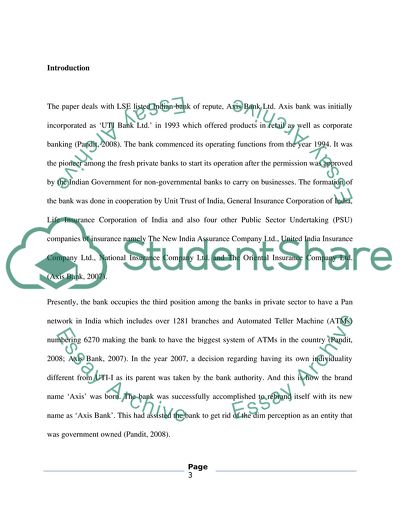Cite this document
(Financial accounting and reporting Essay Example | Topics and Well Written Essays - 2000 words, n.d.)
Financial accounting and reporting Essay Example | Topics and Well Written Essays - 2000 words. Retrieved from https://studentshare.org/finance-accounting/1756709-financial-accounting-and-reporting
Financial accounting and reporting Essay Example | Topics and Well Written Essays - 2000 words. Retrieved from https://studentshare.org/finance-accounting/1756709-financial-accounting-and-reporting
(Financial Accounting and Reporting Essay Example | Topics and Well Written Essays - 2000 Words)
Financial Accounting and Reporting Essay Example | Topics and Well Written Essays - 2000 Words. https://studentshare.org/finance-accounting/1756709-financial-accounting-and-reporting.
Financial Accounting and Reporting Essay Example | Topics and Well Written Essays - 2000 Words. https://studentshare.org/finance-accounting/1756709-financial-accounting-and-reporting.
“Financial Accounting and Reporting Essay Example | Topics and Well Written Essays - 2000 Words”. https://studentshare.org/finance-accounting/1756709-financial-accounting-and-reporting.


